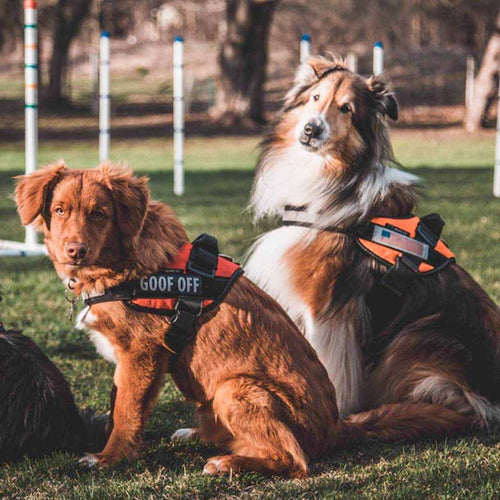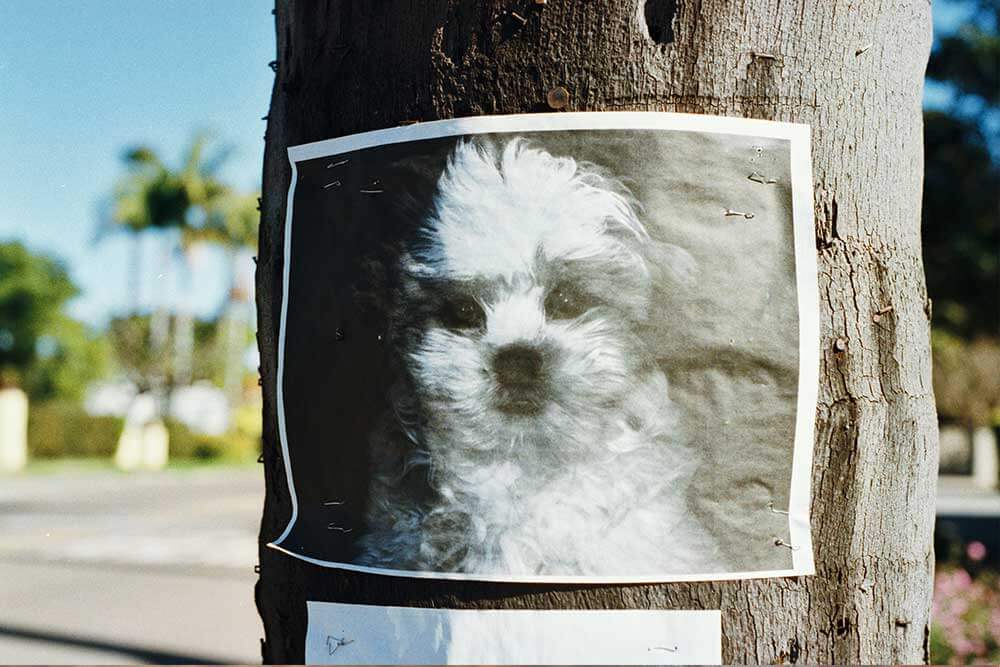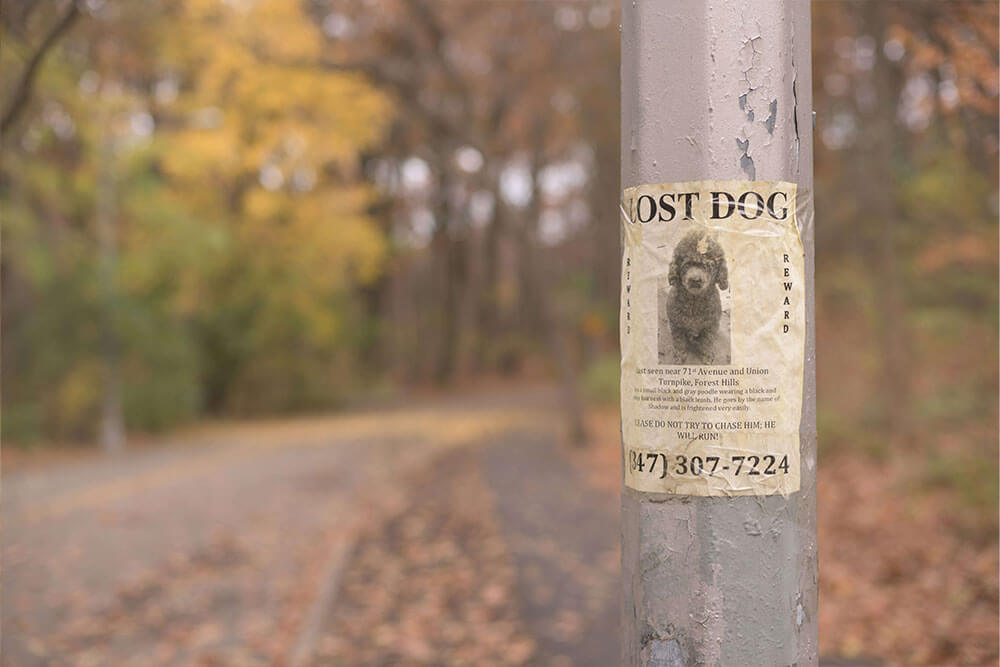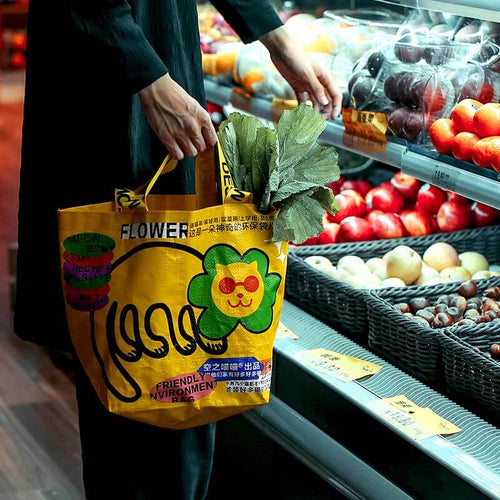Many plants in our environment are toxic to dogs. Some are known, but others are less so. It is important to know how to recognize potentially dangerous plants for your companion in order to prevent and cure poisoning. To help you, we have listed them for you.
Poisonous Plants In The Garden
Acacia
Acacia, found in our gardens and forests, is a poisonous plant to dogs, even if it is dry. It contains aconitine and benraconine, powerful nerve poisons. Poisoning can cause a lot of salivation, vomiting and diarrhea. This dog has hypothermia and may have heart rhythm disorder.
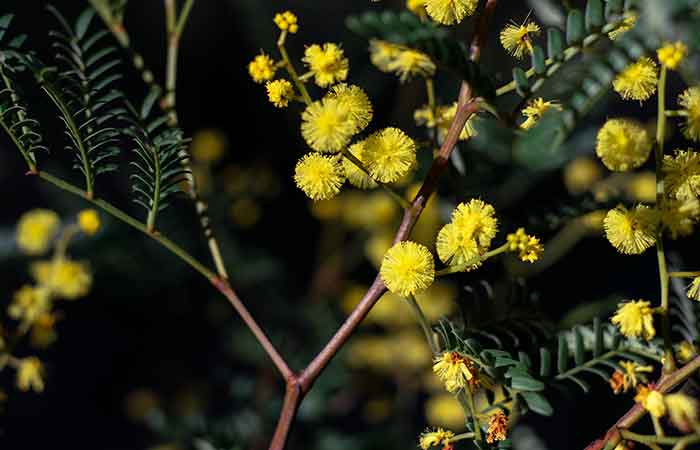
Arum
The arum is very common in our gardens. There are several species, all poisonous. Dogs seldom eat it. Indeed, the arum is very unpleasant to chew. If your dog does swallow it, it will cause digestive problems. In the most serious cases, ingestion can cause bleeding, systemic problems and even death.
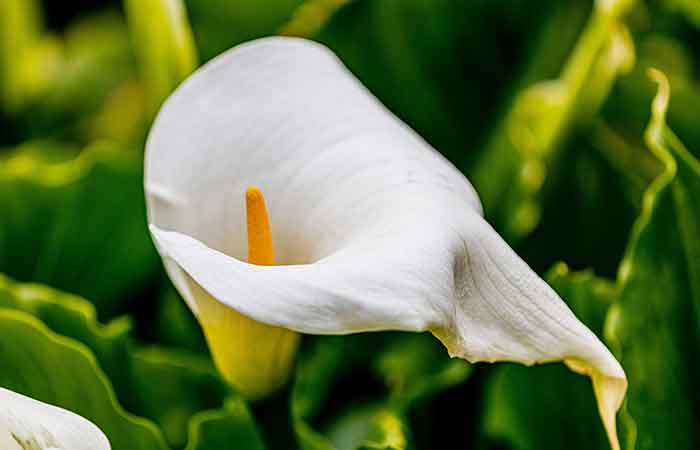
Azaleas and Rhododendrons
Azaleas and rhododendrons contain grayanotoxins. These toxic substances can cause digestive, respiratory, neurological and cardiovascular diseases. The dog gets intoxicated by eating the fruits, leaves and flowers.

Begonia
All kinds of begonias are poisonous to dogs. Eating their roots can cause burns to the digestive system and mouth.
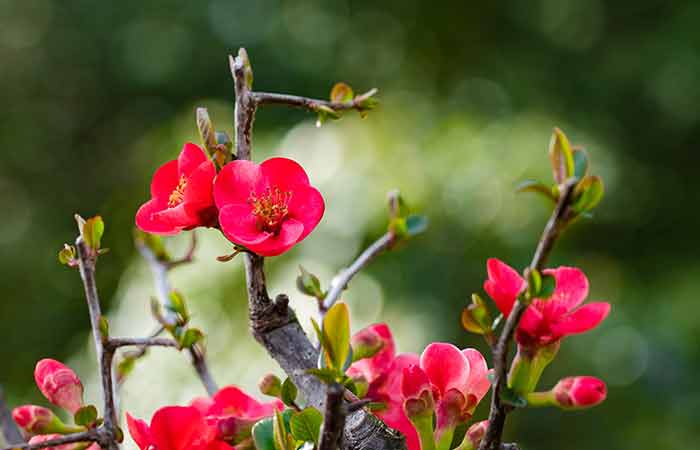
Brunfelsia
This plant is native to South America and grows in our temperate climate. Its roots and bark are poisonous to dogs. Intake can cause a lot of diuresis (urine output), tremors, heart disorders and, in the most serious cases, death.
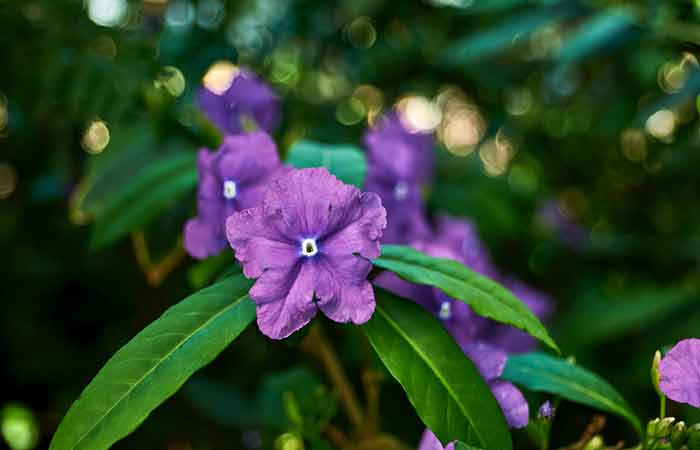
Boxwood
This small shrub is highly appreciated for its different sizes and contains alkaloids. Fortunately, its bitter taste usually prevents dogs from ingesting it enough to be seriously poisoned. If ingested, digestive problems will appear soon. Then nervous system disorders (convulsions, paralysis) may occur.
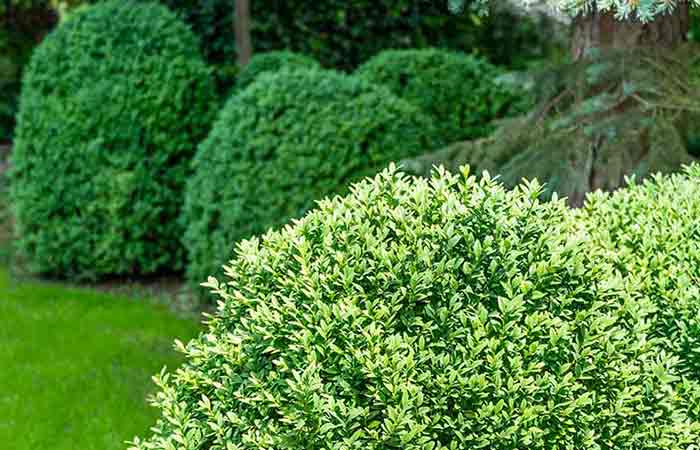
Clematis
Fortunately, this beautiful flower is very bitter, and dogs are usually discouraged from eating it. Clematis is poisonous and can cause digestive disorders and excessive salivation when swallowed.

Cyclamen
Cyclamen contains cyclamen, a toxic substance that irritates mucous membranes. Intake can lead to digestive and neurological disorders.

Dahlia
These beautiful flowers can cause irritation, itching and inflammation of the dog’s skin. They sometimes cause minor digestive problems. Little is known about the toxins that cause this, but dahlia poisoning is usually not serious.
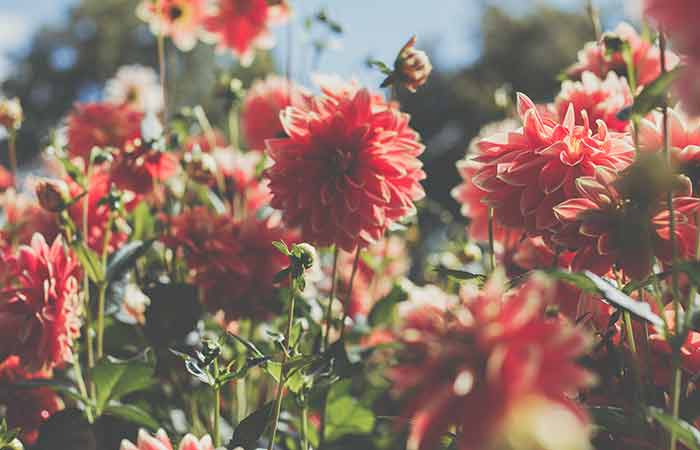
Gloriosa
This plant, native to South Africa, contains high concentrations of colchicine. All parts are highly toxic. It prevents cell division, causes digestive, nerve and blood disorders, and may lead to the death of dogs.

Hydrangea
Hydrangeas are common in our gardens, but they are also poisonous to our dogs. All parts are poisonous, especially leaves and buds. Poisoning is manifested as digestive disorder. If ingested in large quantities, heart and nerve disorders may occur, as well as depression that may lead to coma.

Yew
This kind of conifer is very common in our garden and serves as a hedge. Except for the fleshy part of the fruit, the whole tree is poisonous. In fact, dogs that only eat these foods have a limited risk of poisoning. However, the nucleus is the most toxic part, which can cause danger if chewed.
If the fruit is swallowed, digestive problems, excessive salivation or dry mouth may occur. If chewed, neurological disorders will occur, resulting in animal death.

Jasmine
In our garden, jasmine flowers are highly appreciated for their fragrance, especially the juice of jasmine flowers, which is poisonous to dogs. It can cause digestive problems and, in the most serious cases, neuromuscular problems.
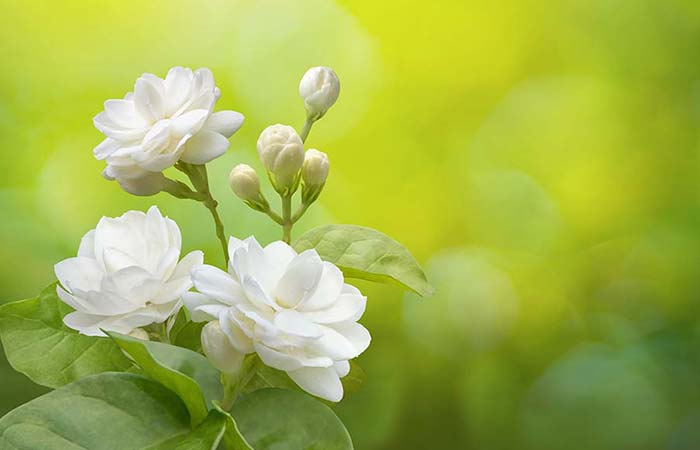
Cherry Laurel
This shrub, which is found mainly in the mild regions of the Atlantic and Mediterranean coast, is toxic to dogs. The leaves, stems and core of the fruits are affected, but not the pulp. They contain cyanogenic heterosides which, once in the organism, are transformed into cyanide.
When the poison is formed, it prevents the release of oxygen. Dogs usually eat fruit, which is less toxic if the tree is old. Digestive disorders and more rarely balance and breathing disorders will be observed.

Oleander
All oleander is toxic to dogs. t is also dangerous to immerse shrubs in water, and it is also dangerous to inhale smoke from oleander burning. Two or three leaves are deadly to a 10-kilogram dog. Nausea and vomiting occur within two hours after ingestion, sometimes accompanied by abdominal pain, excessive salivation and diarrhea.
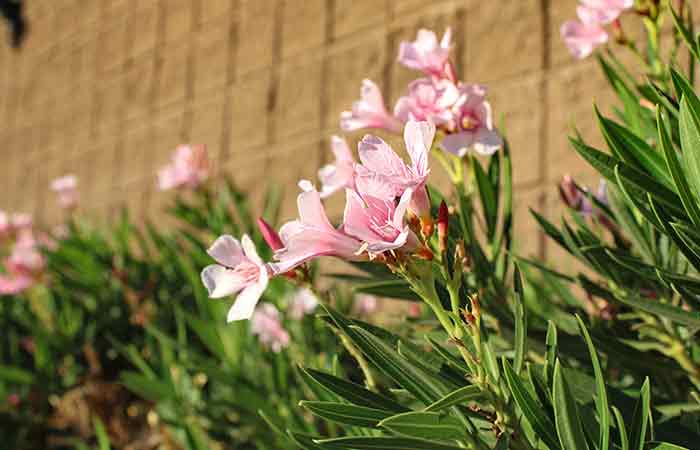
Buttercup
This small yellow flower, better known as the buttercup, is found in gardens and in nature. Intake of it can cause digestive problems in dogs.
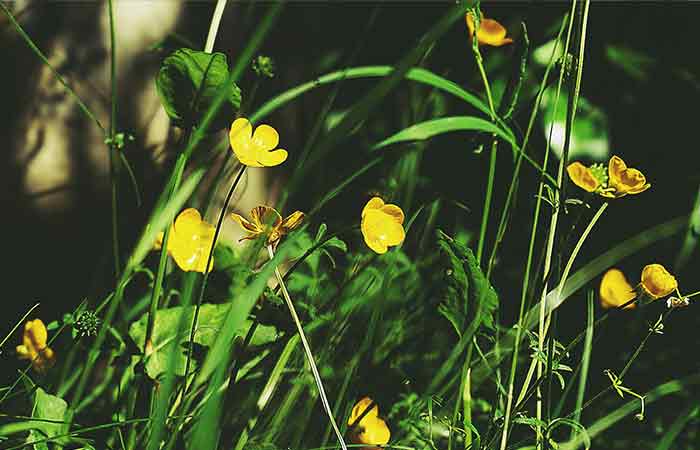
Castor
This plant, native to the tropics, is highly toxic in small doses. Dogs usually eat seeds left within their reach for sowing. The cake is also the source of poisoning. In fact, when it is scattered in the garden to fertilize the soil, the dog will eat it willingly.
Ricin, a toxic compound in ricin, is highly toxic to the liver and kidneys. Vomiting and hemorrhagic diarrhea occurred within 24 hours after ingestion. Dogs are knocked down and sometimes have a fever. If ingestion of Castor is the cause of poisoning, the result is often fatal.
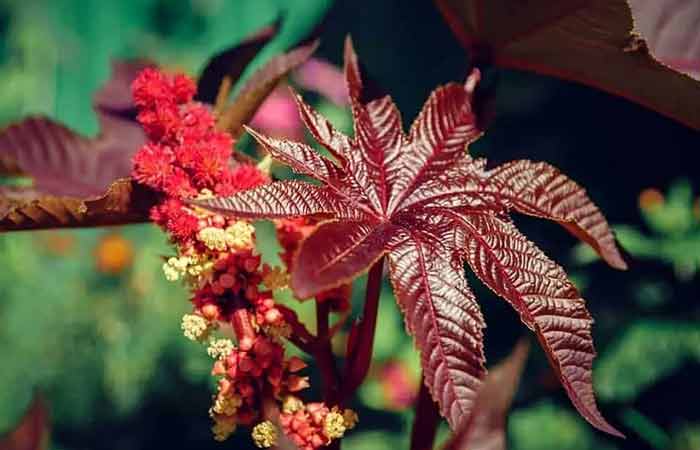
Poisonous Vegetable Plants
Avocados
The whole plant is poisonous to dogs. Ingestion causes digestive, respiratory and cardiovascular disorders.
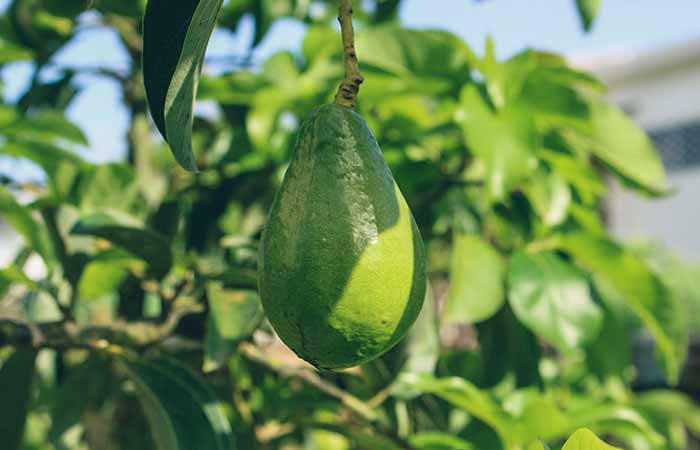
Potato
Solanine in potatoes is toxic to dogs. Although the whole plant may be poisonous, the most dangerous ones are sprouted, germinated or green tubers. It can cause digestive disorders and sometimes neurological disorders.
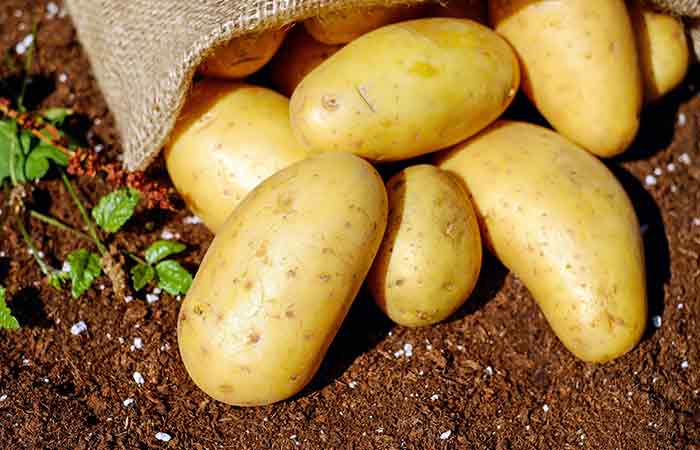
Rhubarb
The anthraquinone glycosides and oxalic acid in rhubarb leaves can cause vomiting and diarrhea in dogs.
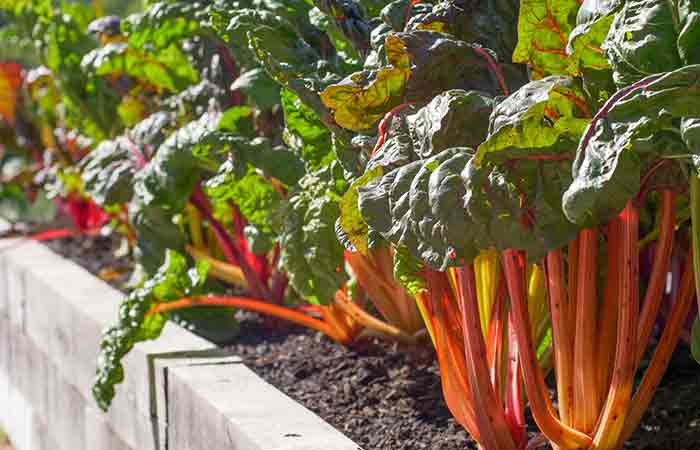
Tomato
Tomato leaves and stalks contain large amounts of solanine, glycoprotein and glycoalkaloids and anthraquinone glucosides, which can cause digestive disorders, hypersalivation and tachycardia.

Wild Poisonous Plants
Aconite
Aconite is undoubtedly the most dangerous plant you will come across. It contains narpenin and aconitine, which cause respiratory paralysis. Ingestion will cause digestive, respiratory and cardiovascular disorders which may lead to death.
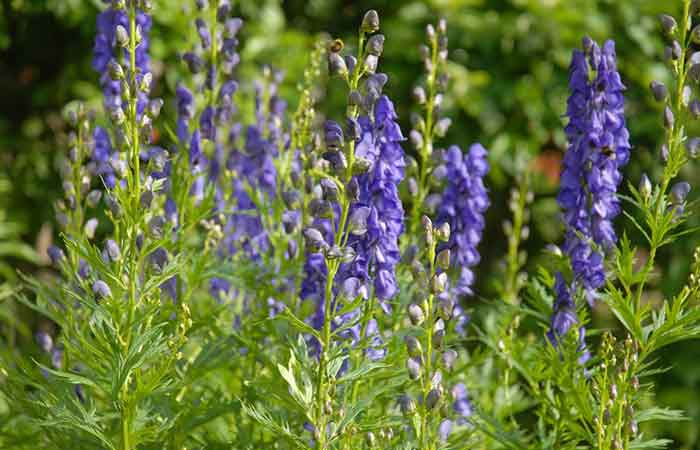
Amarillys, Perce-Neige
The alkaloids in these lovely flowers are toxic to dogs. They can cause serious digestive problems, and fortunately they are rarely fatal.
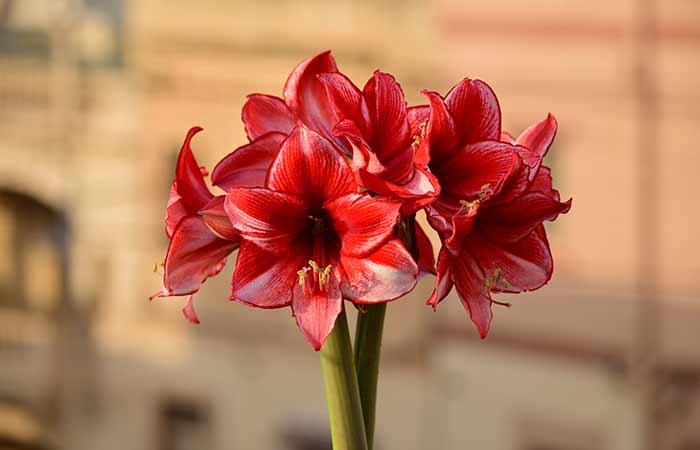
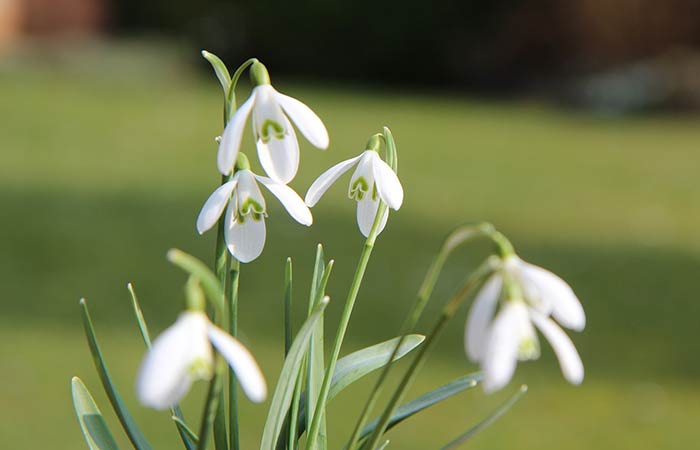
Autumn Crocus
Autumn crocus contains colchicine. Even in small doses, ingestion causes cell mitosis (division) to stop. It causes violent digestive disorders, but also neurological and blood disorders that can cause death.
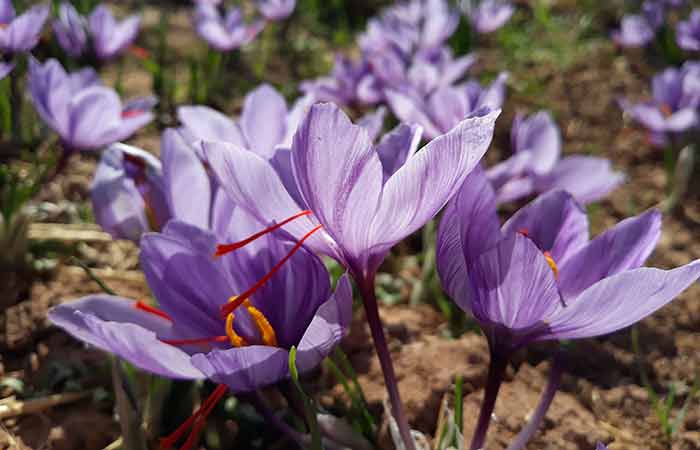
Wild Rose (Dog Rose, Hedge Rose)
Rosehip leaves and flowers contain cyanogenic glycosides. Ingested in large quantities, they can cause respiratory and nervous disorders in dogs.
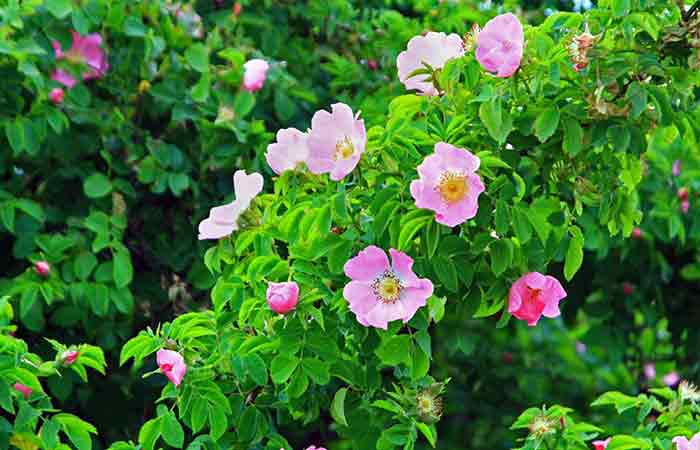
Spiny Broom
The prickly fragment is a shrub found in woods and bushes. It contains toxic saponins, which can cause vomiting, diarrhea and sometimes hemolysis (destruction of red blood cells)..
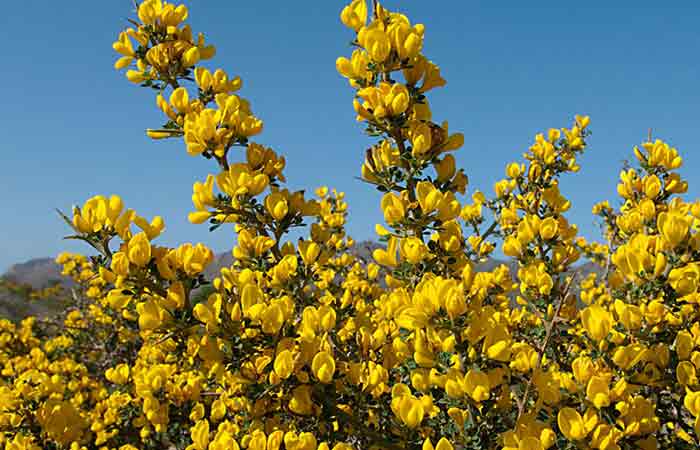
Wisteria
Glycine is toxic to dogs. Ingestion causes digestive and circulatory disorders.
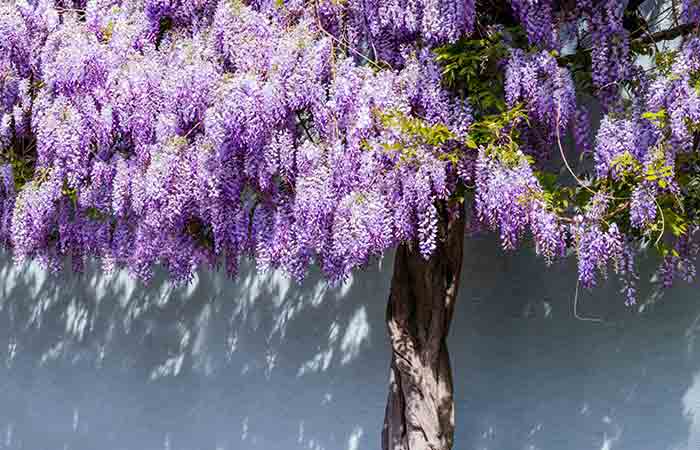
Mistletoe
Mistletoe is in our forest, but it also hangs in our homes during festivals. It contains viscotoxin, which can cause salivation, vomiting and diarrhea, sometimes hemorrhagic. In the case of severe poisoning, neurological disorders can be observed.

Holly
Holly leaves and berries are poisonous, but berries are the most common cause of poisoning. In fact, the thorns of leaves make them more difficult to eat.
Small intake can cause vomiting, diarrhea and stomachache. When a dog eats a lot, it will become drowsy and may fall into a coma until it dies.
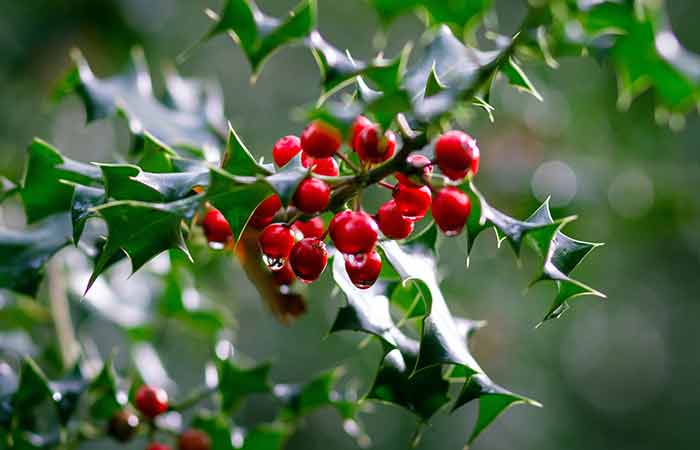
Iris
These flowers can be found in nature and in gardens. They contain alkaloids. Intake of this plant can cause serious, but rarely fatal, digestive disorders.
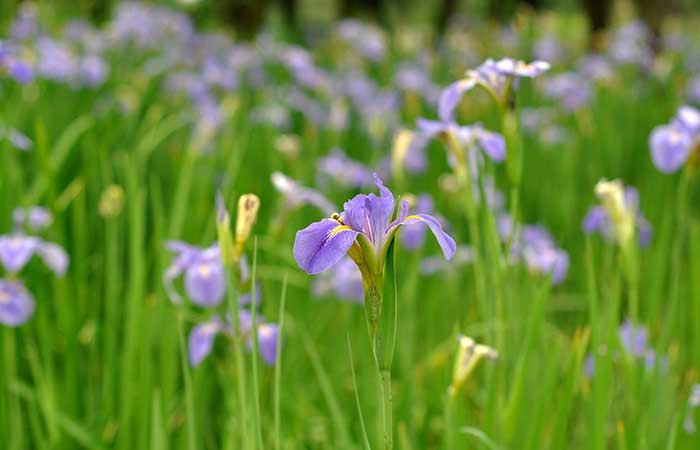
Daffodils (Narcissus)
Like irises, they contain alkaloids that can cause digestive problems if ingested.

Oak
Acorn is poisonous to dogs, and dogs will eat it when playing or overeating. They contain pyrogallol, which is toxic to the kidneys.
Symptoms of poisoning are depression, vomiting, constipation, and then diarrhea. Once the disease is developed, treatment is difficult.
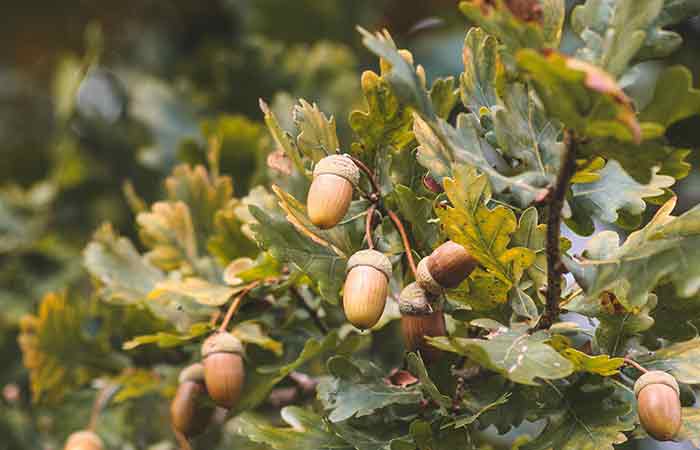
Ivy
This climbing plant often appears in the forest, but also in our houses. It is poisonous. In fact, the saponosides it contains are irritating and can cause digestive problems. In the most severe cases, ivy can cause hallucinations, convulsions, coma and dog death.

Lily of the valley
Lily of the valley is common in our forests and gardens. This plant contains very irritating saponins, but it also contains cardiotoxic glycosides (toxic to the heart).
Disorders occurred within 15 minutes to 1 hour after ingestion. Digestive disorders occur, sometimes followed by neurological disorders. The final symptoms, slow heart rate and dysrhythmia, can only be detected by auscultation and can be fatal.
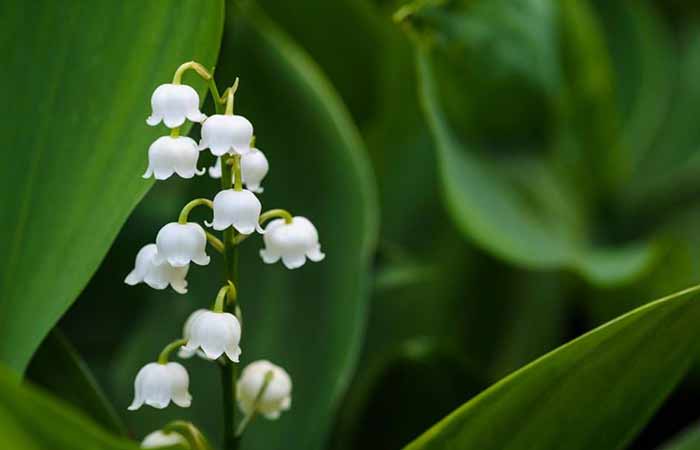
Wood sorrel
The plants, found in the wild and sometimes grown in gardens, are toxic at high doses. It contains oxalic acid, which causes digestive disorders and mucous membrane irritation. Wood sorrel can also cause kidney and blood problems at very high doses.
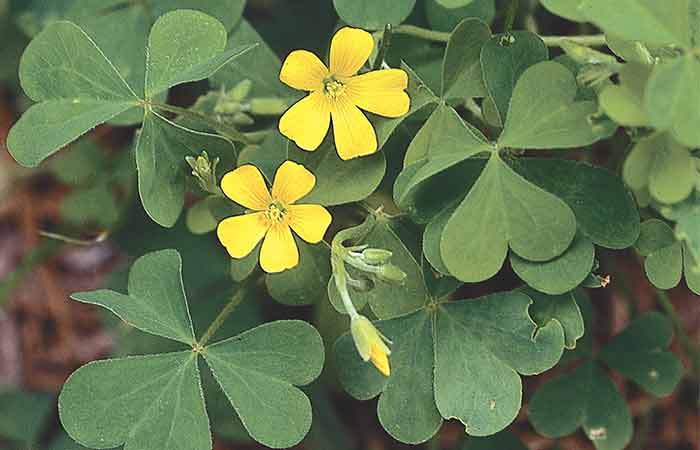
Soapwort
This plant, which is regularly found in wetlands, is enterotoxic (toxic to the intestines) for dogs. It causes hemorrhagic gastroenteritis, but also degeneration and necrosis of the liver. Even rarer, it can lead to anuria (absence of urine production) and paralysis.
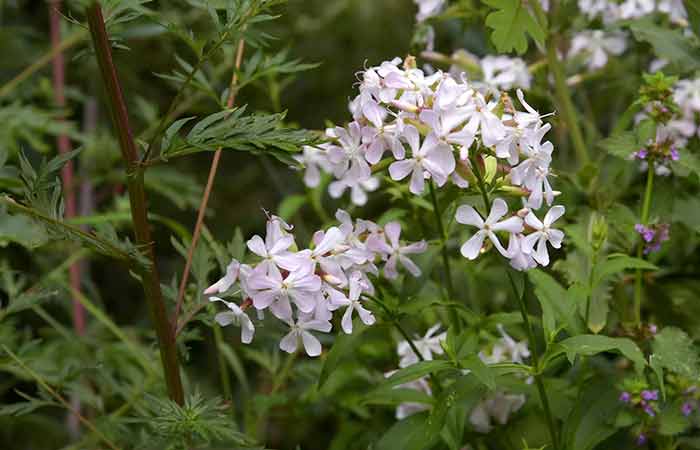
Privet
Privet, especially its fruit, is a poisonous tree to dogs. A few hours after ingestion, digestive disorders appear, accompanied by fever, tremors, heart and respiratory disorders. If ingested in large quantities, neurological problems may occur, resulting in animal death.

Indoor Poisonous Plants
Abrus Precatorius
Abrus precatorius, also known as rosary. Its red berries are used to make rosary beads, jewelry and other decorations. These berries contain abrin, a glycoprotein similar to ricin. Just biting it can be fatal.

Aglaonema
The presence of calcium oxalate in the sap makes Aglaonema very toxic to dogs. Its ingestion leads to digestive, cardiac and respiratory disorders that can cause asphyxiation.
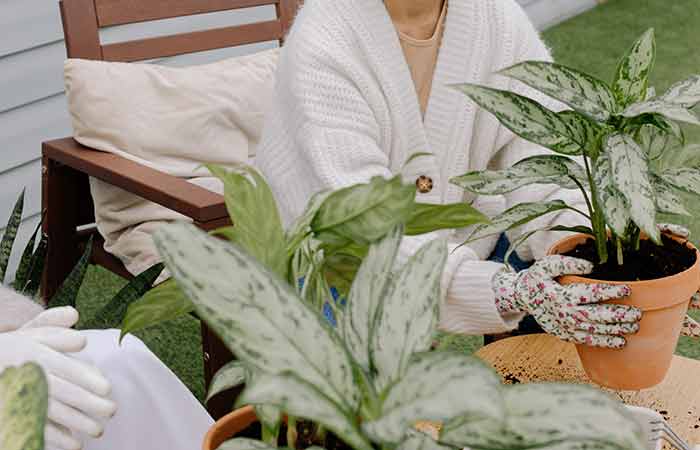
Alocasia Macrorrhiza
Alocasia macrorrhiza, or elephant ear, is an ornamental plant that is often found in our interiors. It can cause burns, mouth ulcers or skin irritation. Edema sometimes occurs, and most of the time not serious.
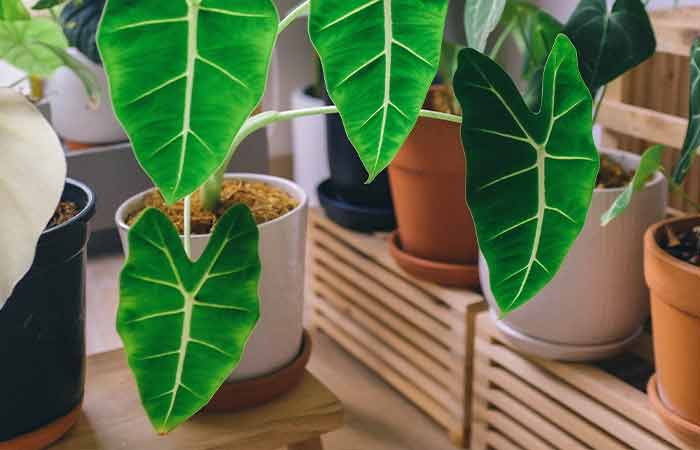
Aloe Vera
Although we know Aloe has many advantages, it is poisonous to our dog friends. In fact, it contains saponins, which cause digestive disorders, irritation and neurological disorders.
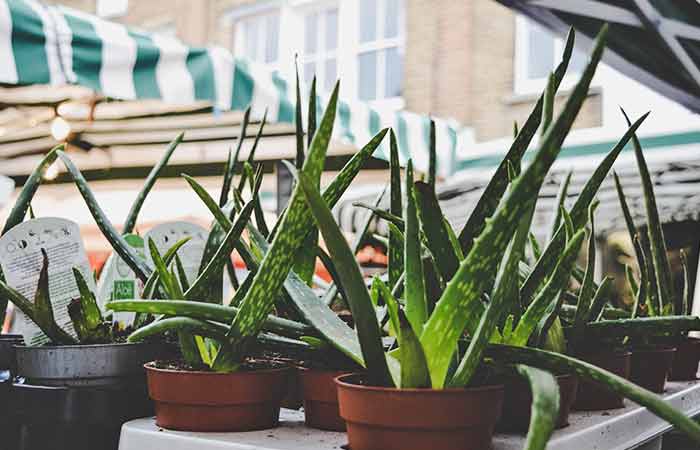
Chrysanthemum
Chrysanthemums, historically associated with the armistice of World War I on November 11, are poisonous to dogs. The pyrethrins they contain can cause digestive disorders and even neurological disorders if ingested in large quantities.

Citrus
All citrus trees are toxic to dogs, either by contact or ingestion. They are photosensitive and irritating, and can cause severe burns and digestive disorders.
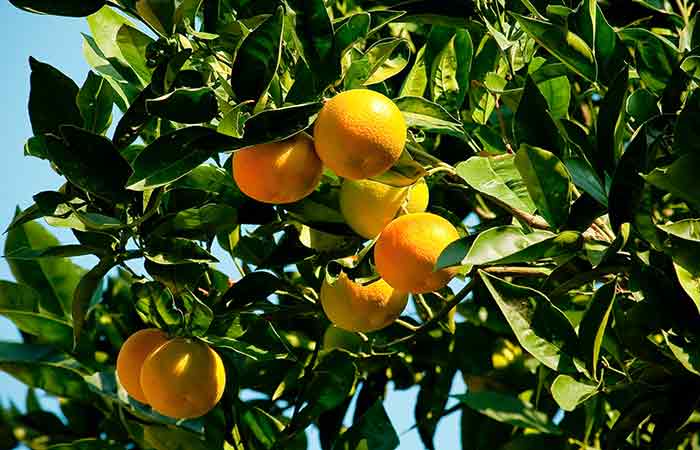
Croton
It contains diterpenes and croton oil, which are particularly toxic to dogs. It can cause burns, digestive, neurological and cardiovascular diseases.

Cycas
Cycas is native to tropical and subtropical regions of Africa and Asia. Its appearance is reminiscent of palm trees and is especially appreciated for its ease of maintenance. Its leaves and seeds contain cysteine and 2-amino-3-(methylamino-propionic acid) which are toxic to the liver.
The initial symptoms appear between 1 hour and 3 days after ingestion. They consist of digestive disorders, followed by neurological disorders. Then there is jaundice (the mucous membranes of eyes and mouth turn yellow), which is a sign that the liver is affected. Bleeding may also be related to blood clotting disorder. If the liver is too affected, it is likely to lead to dies.
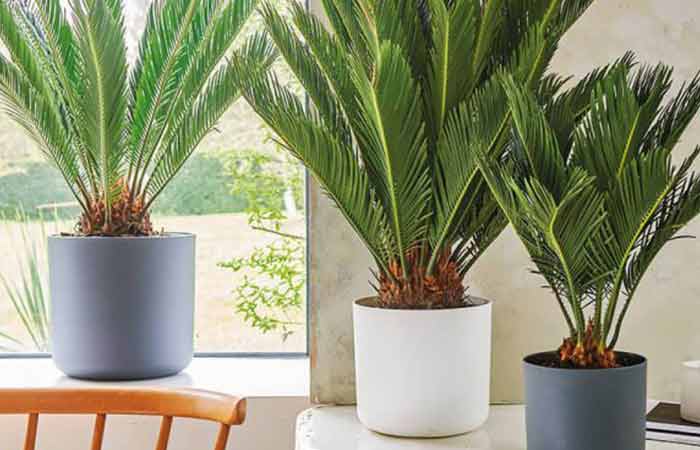
Dieffenbachia
Dieffenbachias contain calcium oxalate crystals. If a dog chews or rubs its leaves, it may suffer burns and irritation.

Dracaena
Dracaena leaves are poisonous to dogs. They can cause vomiting, sometimes hemorrhagic, as well as salivation and depression.
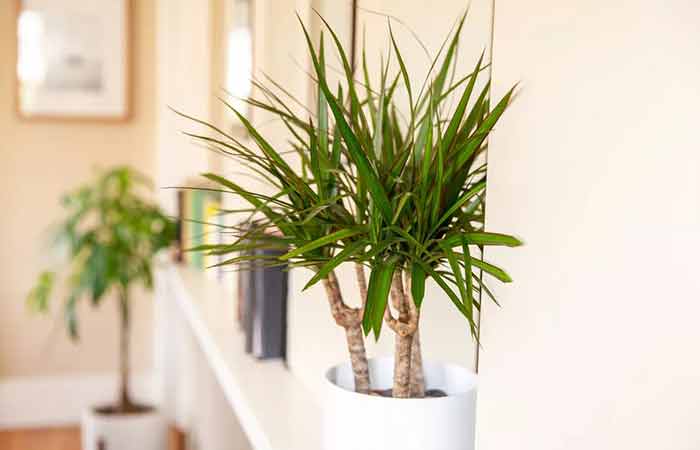
Ficus
The toxicity of Ficus is mainly related to its latex. There are many symptoms: oral irritation, diarrhea, vomiting and salivation appear within a few hours.

Lily
Lily is moderately toxic to dogs. The whole plant is poisonous, and pollen may fall to the ground. Even at high doses, it can cause moderate digestive disorders.
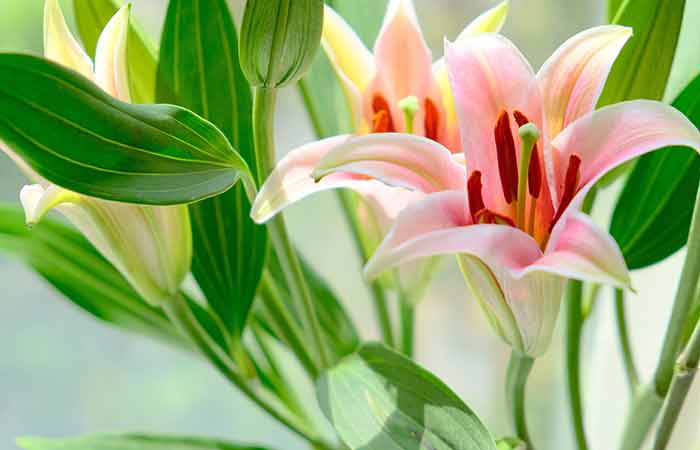
Philodendron
Philodendron is moderately toxic. It can cause oral irritation in dogs, and is sometimes related to excessive salivation and digestive disorders.
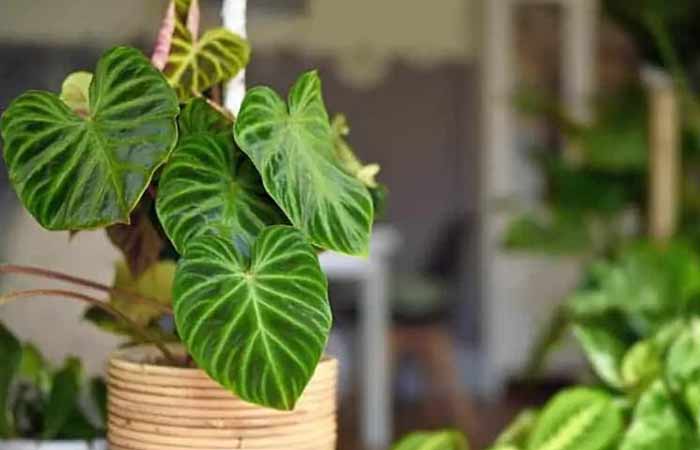
Sansevieria
Sansevieria contains saponins. In low doses, it causes irritation and digestive disorders. In larger quantities, it can cause nervous disorders.
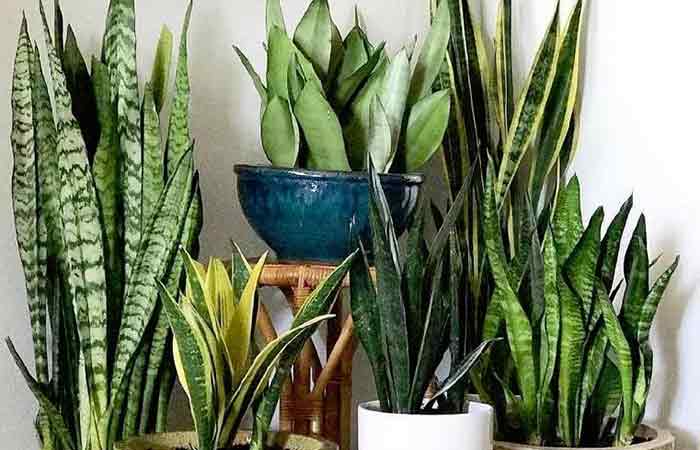
Schefflera
Schefflera is moderately toxic to dogs. Poisoning causes digestive disorders and possibly gait disturbances.
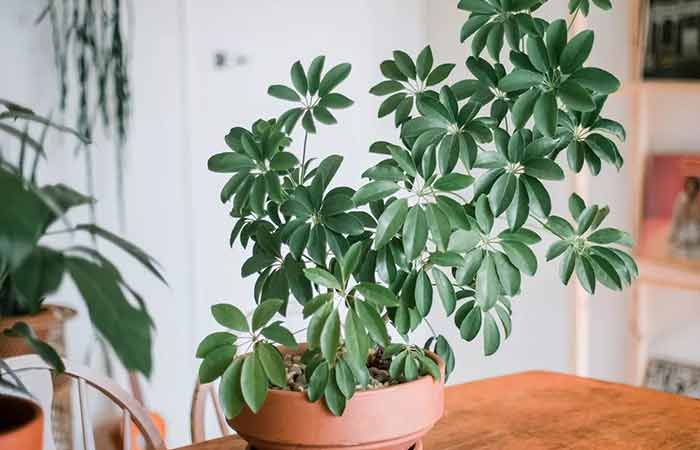
Yucca
All parts of yucca are poisonous, especially roots. Poisoning can cause minor digestive problems. However, in the most severe cases, it can lead to hypothermia and neurological disorders.
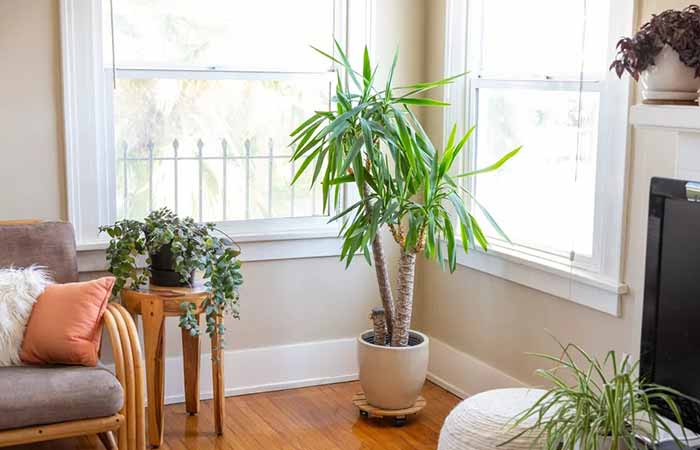
What if the dog is poisoned by plants?
When you suspect that your dog is poisoned by plants, your first reaction should be to contact the veterinarian. Don't feed your pet, keep it warm if its temperature is very low, and cool it if it has a fever. Don't try to treat it yourself or make it vomit. If you think you are doing the right thing, you may make things worse. Find out what plants he may have ingested, and if you don't know what kind, take a sample. The best way to prevent plant-related poisoning in dogs is to avoid contact with this list as much as possible. When you walk in the forest, be sure to pay attention to what your companions are doing to avoid accidentally ingesting a potentially poisonous plant.
Product Recommendations
